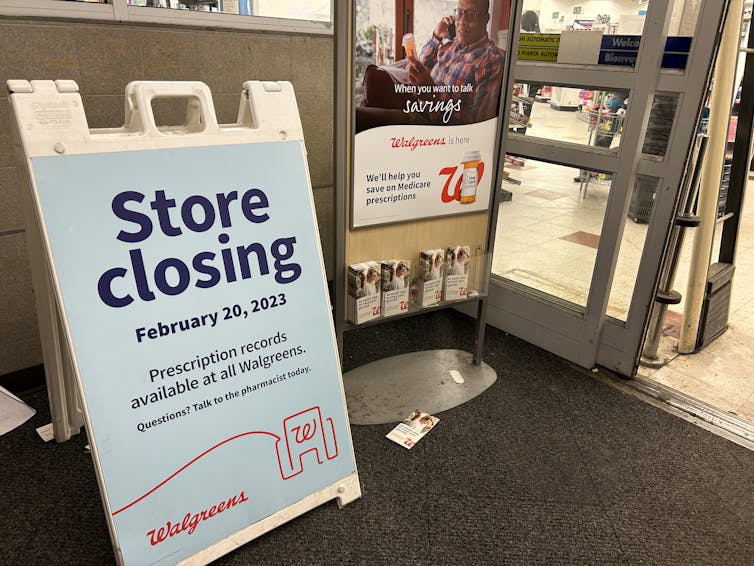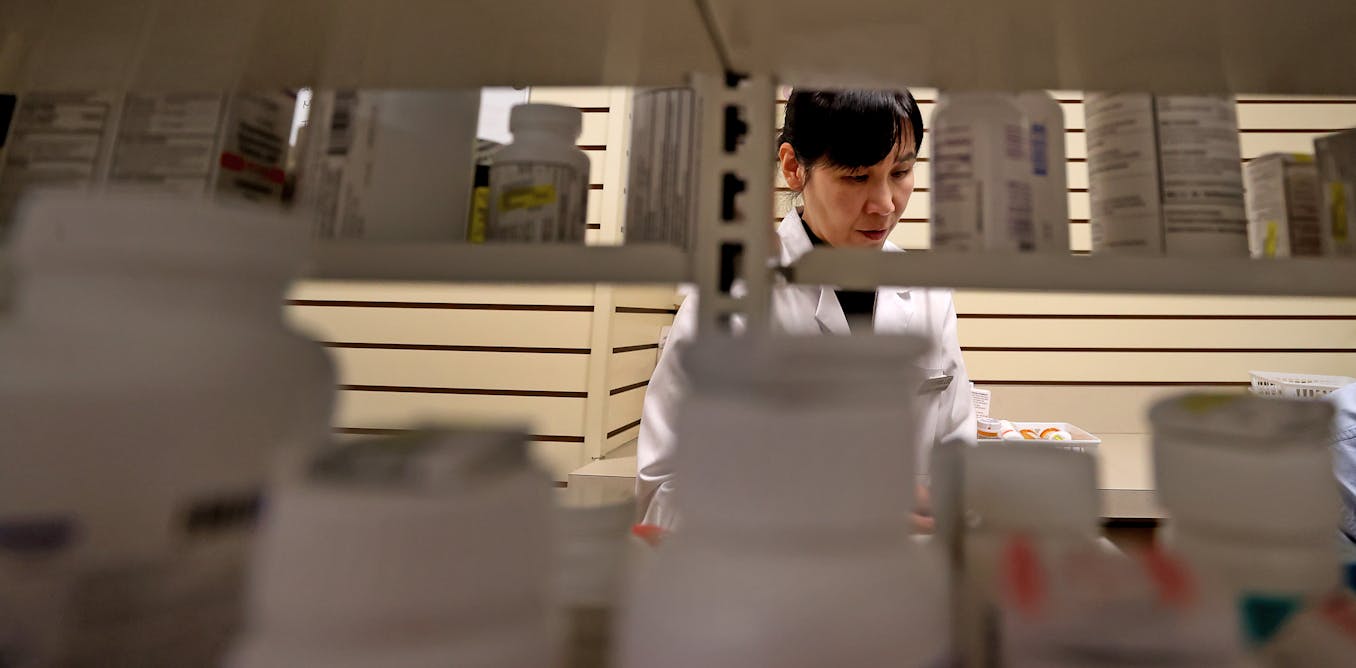The landscape of community pharmacies is undergoing significant change, with closures becoming increasingly common. This shift is largely attributed to various challenges faced by the industry, impacting access to essential health services for communities across the nation.
Recently, Walgreens, a major player in the pharmacy sector, revealed plans to shutter 1,200 stores over the upcoming three years. This decision is part of a broader trend that has seen nearly 7,000 pharmacy locations close since 2019, with more anticipated in the near future.
The closure of these community pharmacies is driven by an overwhelmed workforce, declining reimbursement rates for medications, and restricted billing opportunities for services beyond dispensing drugs.
Pharmacists, who have long been advocates for patient care in community settings, have witnessed firsthand how the loss of neighborhood pharmacies jeopardizes access to medications, expert guidance, and critical public health services.
The Evolving Function of Pharmacies
Over the years, community pharmacies, which include independent and chain retail outlets, have transitioned from simple drug dispensing locations to comprehensive health and wellness centers. In addition to filling prescriptions, pharmacists now offer vaccinations, disease testing and treatment, access to contraceptives, and other clinical services enabled by federal and state laws.
Despite their expanded role, many pharmacies are struggling to survive. The primary reason is the reduced reimbursement for drugs, as pharmacy benefit managers strive to cut costs by lowering these rates. Consequently, pharmacists often dispense medications at slim margins or at a loss, sometimes transferring prescriptions to other pharmacies or choosing not to stock certain drugs.
This issue is not only affecting small, independent pharmacies but also large chains. CVS initiated this trend in 2021 with plans to close 900 locations, followed by Rite Aid’s announcement of potential closures due to bankruptcy, and now Walgreens. The closure of these stores signifies a widespread industry shift.

Lindsey Nicholson/UCG/Universal Images Group via Getty Images
Adding to the burden, pharmacists are experiencing burnout, exacerbated by the COVID-19 pandemic, while enrollment in pharmacy schools has decreased, worsening the workforce shortage as a shortage of primary care physicians looms.
The Importance of Pharmacy Accessibility
The closure of community pharmacies has significant implications for millions of Americans, as these establishments are among the most accessible health care providers, with 90% of the population living within 5 miles of one.
However, “pharmacy deserts,” areas lacking accessible pharmacies, are particularly prevalent in marginalized communities, where health care access is critically needed. Individuals in these areas often face additional challenges, such as disabilities or living in medically underserved areas. As closures continue, the risk of exacerbating health disparities increases.
For those whose neighborhood pharmacy closes, it’s essential to consider factors beyond convenience when selecting a new pharmacy. This includes whether the pharmacy offers services that match your health care needs, such as staff who speak your language, availability of over-the-counter products like naloxone, or additional health services.
Pharmacies that provide urgent or primary care services can be beneficial, as most offer vaccinations and some offer test-and-treat services for conditions like infectious diseases and diabetes.
Questions to Consider If a Pharmacy Closes
When a preferred pharmacy shuts its doors, it’s important to explore these key questions:
• What will happen to your old prescriptions? Check if your prescriptions will be transferred to a nearby pharmacy and when this will occur.
• What’s the staffing situation like at other pharmacies? Consider wait times, emergency refill accommodations, and whether the pharmacist has a relationship with your primary care providers.
• Which pharmacies accept your insurance? Contact your insurer to find out where your prescriptions are covered at the lowest cost. Also, inquire about member pricing or discounts for uninsured medications.
• What are your accessibility needs? Look for pharmacies that offer services like medication packaging, drive-thru windows, or home delivery. If opting for a mail-order pharmacy, ensure they provide pharmacist consultations over the phone or through telehealth.
Consolidating all prescriptions at one pharmacy chain or location is wise for safety checks against drug interactions, which can be hazardous.
Community pharmacies have been integral to neighborhoods for over a century. Yet, current trends in their closures pose significant risks to public health, underscoring the need for legislative intervention to address systemic issues and preserve access to medications and health services.







Be First to Comment